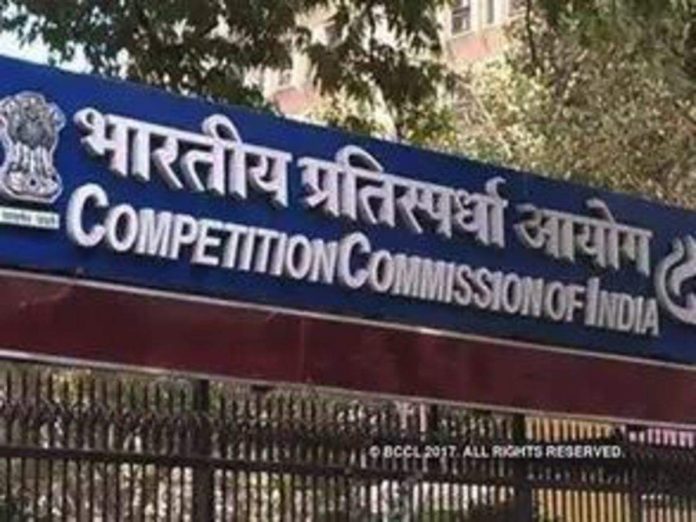The Competition Commission of India (CCI) today (14th October) released a report titled ‘Market Study on Film Distribution Chain in India: Key Findings and Observations’. The study highlights some of the key competition issues in the film distribution chain, as identified by stakeholders. In doing so, the study discusses the role of various associations in the chain, be it at the production, distribution, or exhibition level; the superior bargaining power of some entities and the resultant imbalances; the bottlenecks that exist at various levels; unequal distribution of risks; revenue-sharing arrangements; newer technologies in cinema; tying and bundling arrangements at the exhibition level, etc.
Relying on the findings from this study and under its advocacy mandate, the CCI has recommended the film industry to devise certain self-regulatory measures for different stakeholder categories. Some of the self-regulations include:
For multiplexes and producers
1. In place of standard templates for contracting, tailor-made arrangements be preferred. For revenue-sharing, aggregate agreements may be preferred over existing sliding-scale arrangements, where multiplexes and producers can share the aggregate revenues generated by a film, based on a pre-negotiated percentage split between the parties.
2. Fair and reasonable terms to producers for promotions, by sharing the costs of promotion, may be considered by multiplexes.
3. Multiplexes should refrain from any restraint on trade in exhibition, that may impinge on producers’ freedom of trade.
Reporting of box-office revenue collections
1. Adoption of box-office monitoring systems to generate, record, and maintain ticketing logs and reports, and the data collected by such a system should not be alterable by any stakeholder.
2. Producers should empanel independent auditors to check such monitoring systems and ensure that they are working properly and not being tampered with.
Virtual Print Fee (VPF)
1. VPF paid to multiplexes can be phased out first. VPF for single-screen cinemas can be phased out more gradually, given their dependence on a VPF-driven lease model for digital cinema equipment.
2. Till the VPF sunset is decided and implemented, Digital Cinema Equipment (DCE) providers and producers should negotiate on mutually acceptable VPF charges and ensure that there are no disruptions in the exhibition of films on account of VPF.
Stakeholders’ Associations
1. Associations must refrain from engaging in bans and boycotts and prohibiting industry from working with non-members. In addition, Associations should not engage in any of the other conduct that has previously been found to be anti-competitive by the CCI.
2. Associations must consider how alternate dispute resolution mechanisms such as mediation can be institutionalised to address any disagreement between stakeholders.
3. Associations are advised to conduct events to educate their respective members about the awareness of competition law and the consequent need for competition compliance.
Digital cinema
1. Agreements that digital service providers enter into with exhibitors or producers, as the case may be, should have scope for negotiations for reducing bargaining power imbalance. Also, long-term agreements with one-sided clauses be avoided.
The CCI appreciated the cooperation extended by various stakeholders by giving their valuable insights into the various aspects of film production, distribution and exhibition. The Competition Commission of India also conveyed its earnest hope that anti-competitive practices will be contained by the constituents in the best interest of all, thus limiting regulatory interference.





























